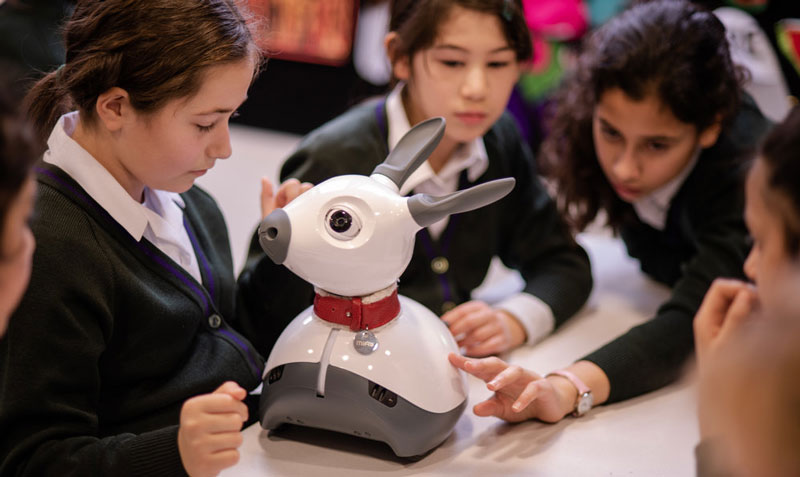Importance of Robotics In Education
Robotics is not just a theory of the future anymore, it is a part of our present reality now. Apart from its multiple uses in various industries, robotics is also an exciting and innovative teaching tool that is becoming increasingly significant as kids learn a variety of new concepts and abilities that will be highly helpful in the future through recreational activities. It is the branch of engineering that specializes in the complete process of designing, building, and deploying robots. Thus, knowing the fundamentals or introducing robotics to the children in school can prove to be extremely beneficial. There are numerous robotics toys in the market, each with its own key to encouraging robotics learning in the classroom. One such is the MiRo-E robot, which is highly popular in Dubai, UAE, GCC and the Middle East. It is a character built with a huge range of software, sensors, and motors and possesses excellent communication abilities, making it an ideal companion for new-age education for children.

How to incorporate Robotics into education?
It is well established that robotics can transform education as well as build a conducive environment for students that facilitates effective STEM learning. Through communicative robots like MiRo-E, students can customize their own programs and learn coding in the most interactive way possible. As a result, robotics for kids can become a tool that aids in the understanding of abstract and complex concepts in science and technology courses as well as facilitate creative thinking. However, this is not where the advantages of robotics in education end, it can also serve as a great tool for building teamwork among children. The teacher or educator can come up with interesting programming and coding activities and conduct interactive team challenges with the help of customizable robots such as MiRo-E.
The importance of robotics for school-going children
Technical knowledge can always be a task to teach young children. However, the advent of robotics can change that. Here are a few advantages of making it a part of your curriculum.
- Robotics can not only encourage language development but also improve innovation and critical thinking skills among students
- It makes STEM concepts interactive and engaging for young adults who often have a reduced attention span.
- Since robotics has a futuristic essence, it builds curiosity among kids, therefore encouraging more concentration, logical thinking, and problem-solving attitude.
- With the help of programmable robotics software, educators can conduct collaborative activities that can facilitate leadership skills, socialization and a teamwork mindset in students.

Robotics is not only for students who have a keen interest in programming and coding. The team-building activities can be divided into three phases: designing, construction and coding. Each child with a different aptitude can be allotted a phase to work on the basis of their interest. This will help them enhance their skills while getting a comprehensive understanding of robotics through proactive communication and teamwork among their peers.
The use of educational robots in the teaching-learning process for children will allow for better knowledge and interpretation of their surroundings (the world we currently live in). Moreover, this will help young leaders of tomorrow gain a competitive edge over other students and come at par with the best practices of education worldwide. While robotics doesn’t necessarily require a subject of its own in the school curriculum, it can be optimally incorporated into science and innovation-led activities that not only allow students to face new challenges but also create an entirely immersive learning environment, which is the new face of education around the globe.





Recent Comments